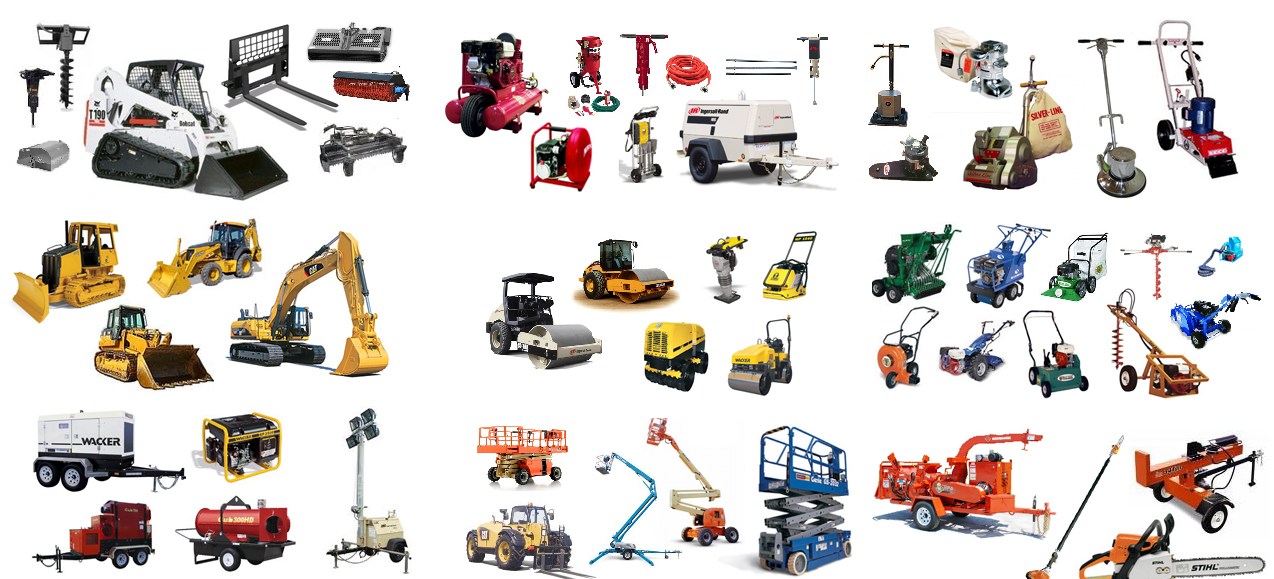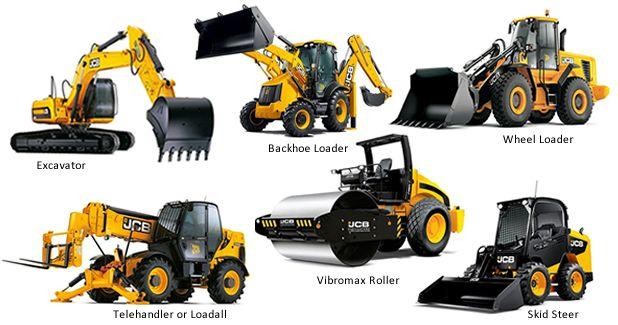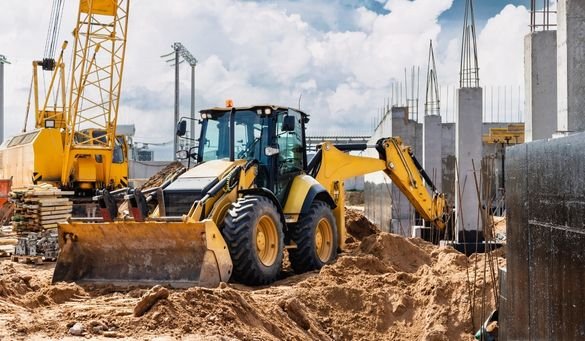Boom Lift Rental: Affordable and Reputable Lifts for Any Task
Optimize Your Spending Plan by Comprehending the Costs Associated With Construction Devices Leasings
Recognizing the complete scope of prices linked with construction devices rentals is critical for optimizing your budget plan. While the first rental cost may appear simple, various additional costs-- such as transport, fuel additional charges, and maintenance-- can swiftly gather, impacting your financial preparation. Furthermore, understanding various charges and the complexities of rental agreements can help prevent unexpected financial burdens. What techniques can be used to efficiently take care of these prices and make sure a much more effective rental experience?
Introduction of Rental Costs
When taking into consideration building tools rentals, comprehending the linked expenses is critical for efficient budgeting and project preparation. Rental prices can vary substantially based on numerous aspects, consisting of devices kind, duration of leasing, and location. The preliminary rental cost commonly mirrors the tools's market need and its linked operational capabilities, influencing the overall expenditure.
Along with the base rental rate, secondary prices may arise, such as transportation fees, gas additional charges, and upkeep costs. It is necessary to represent these extra expenses to accurately evaluate the overall cost of renting out tools. Additionally, the rental period can influence pricing; longer services may get reduced rates, while temporary leasings could incur greater everyday fees.

Failure of Rental Rates
A detailed understanding of rental prices is necessary for professionals and project managers intending to maximize their budgets. Rental prices for construction tools normally consist of a number of elements, including base prices, time-based costs, and use charges.
Base rates are the core costs linked with the service of the equipment, frequently determined by the kind and dimension of the machinery. These rates can vary significantly, influenced by variables such as equipment demand, schedule, and local market patterns. Time-based fees, which might be daily, weekly, or monthly, serve to fit various job timelines and rental periods.
In addition, rental prices might consist of use fees, which are appropriate when equipment is made use of past a defined threshold, making sure that the rental firm can make up deterioration. Seasonal demand fluctuations can likewise impact rental prices, with peak building periods normally commanding greater rates.
Additionally, understanding the rental company's plans pertaining to upkeep and insurance policy can provide additional understanding into the total price framework. By examining these components, service providers can make informed choices, making sure the choice of rental tools lines up with both project demands and budget plan constraints.
Additional Fees to Take Into Consideration
Recognizing the details of additional charges is important for contractors to handle their total leasing expenses properly. Beyond the standard rental rates, various extra costs can significantly impact the complete price of devices rental. These fees often consist of delivery and pick-up charges, which can differ based upon distance and logistics involved in transporting the devices to and from the task website.
In addition, some rental try this website firms may enforce fuel additional charges if the tools is returned with much less fuel than when rented. It is likewise necessary to recognize potential cleansing fees, particularly for customized devices that requires complete upkeep after usage.

Thoroughly assessing the rental arrangement and making clear these additional costs in advance can help specialists prevent unforeseen costs and make sure that budget plans remain intact throughout the job lifecycle.
Maintenance and Repair Costs
Normal repair and maintenance expenditures are typically ignored elements that can considerably influence the overall cost of construction equipment leasings. When renting equipment, it is critical to think about not just the rental charges yet likewise the possible expenses connected with maintaining the equipment in optimal operating condition.
Many rental firms consist of standard upkeep as component of the rental agreement; however, extra considerable repairs or unexpected break downs can result in extra expenses. It's crucial to assess the rental contract meticulously to comprehend what maintenance services are covered and what duties fall on the occupant.
Moreover, tools that is not properly maintained can cause ineffectiveness on duty website, possibly enhancing and causing delays job prices. To mitigate these dangers, it is advisable to conduct regular Extra resources inspections and keep open interaction with the rental service provider pertaining to any problems that develop during usage.
Insurance Coverage and Liability Costs
Insurance and liability costs are crucial elements that can dramatically impact the overall cost of building devices rentals (mini excavator rental). These prices ensure that both the rental firm and the customer are shielded from prospective economic losses arising from crashes, damages, or burglary during the rental period

Furthermore, customers should recognize any kind of deductibles or exemptions in the insurance coverage, as these can impact potential out-of-pocket costs. Comprehending the terms and conditions of any insurance policy coverage is crucial to prevent unanticipated prices. Eventually, budgeting for insurance and obligation expenditures can assist make sure a smoother rental experience and shield against financial risks connected with building tasks.
Conclusion
Finally, a thorough understanding of the prices related to building and construction devices leasings is this article important for effective spending plan management. By examining rental prices, added costs, upkeep expenditures, and insurance needs, companies and individuals can decrease unforeseen expenditures. This critical method not only improves cost-effectiveness yet additionally makes certain that tasks progress efficiently and efficiently. Ultimately, notified decision-making regarding tools services adds to the overall success of construction ventures.
Rental expenses can vary considerably based on a number of variables, including devices kind, period of leasing, and location (heavy equipment rental). The rental duration can influence prices; longer services might qualify for reduced prices, while short-term leasings might incur greater daily charges
By carrying out complete research and engaging with trustworthy rental firms, contractors can successfully browse the complexities of rental pricing, eventually maximizing their financial sources.
Beyond the conventional rental prices, different additional costs can substantially influence the overall expense of devices service. Rental companies commonly provide liability insurance policy that covers injuries to third parties or damage to residential or commercial property, while equipment damage insurance policy can cover the price of repair services or substitute if the rented equipment is harmed.